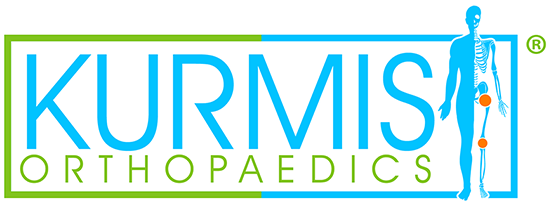
It is far too easy to simply stop all exercise when injured. This does not mean we want you to hop on a sprained ankle, but there are things you can do while recovering.
 Unfortunately, if you completely stop exercise the body is quite unforgiving. If you don’t get moving, the science is quite clear:
Unfortunately, if you completely stop exercise the body is quite unforgiving. If you don’t get moving, the science is quite clear:
- Joints around the injury, plus the injured joint, are likely to stiffen and lose their flexibility.
- Muscles around the injured site and other areas of the body are likely to weaken.
- Healing is likely to be delayed.
- There is a potential to lead to complex regional pain syndrome (CRPS).
CRPS is an alteration in the nervous system following injury which causes an increased sensitivity to the affected area which can also lead to increased swelling, stiffness and stretched skin. For a specific example, a study by Moseley et al. (2014) showed “The incidence of CRPS in the 4 months after wrist fracture was 3.8%…” Fortunately Physiotherapy can provide benefit with advice about elevation, active exercises and a desensitisation program. - Immune system may weaken.
Patients often tells us, when they are recovering from injury, they are concerned with their pain during rehabilitation and believe pain is a sign of doing something wrong or pushing the body too far.
Pain is a normal part of rehabilitation and unfortunately something to expect. Of course, it is very important to complete rehabilitation in a supervised manner to ensure you are partaking in appropriate exercises with correct technique tailored to your injury. It is also important to communicate your symptoms with your Physiotherapist to ensure the pain is within reason and lasting less than a 24-hour period. We do not believe in “no pain, no gain”. This quote is a myth as we strive for a balance.
Recovering from injury is never fun. We want our patients to return to their goals as soon as possible. Rest is not the only answer and too much rest is harmful. We are here to help you find the right balance.
Kristian Ricci – Physiotherapist























